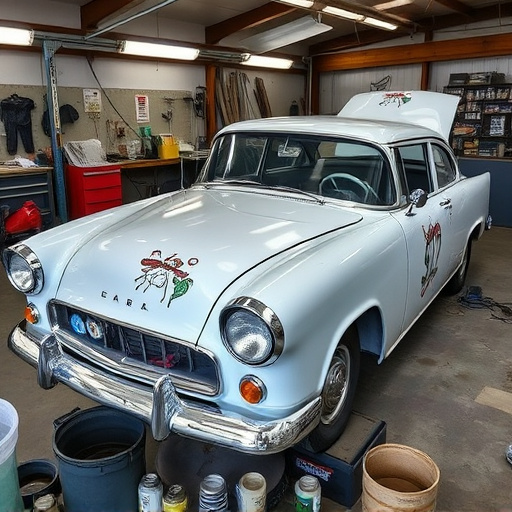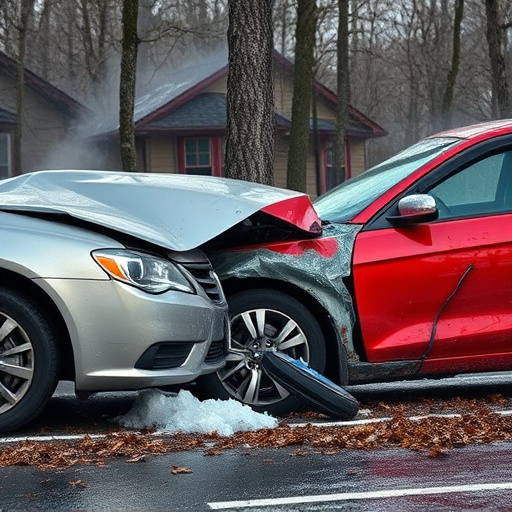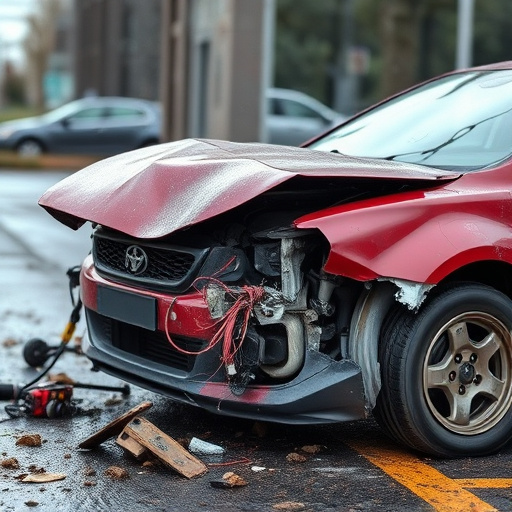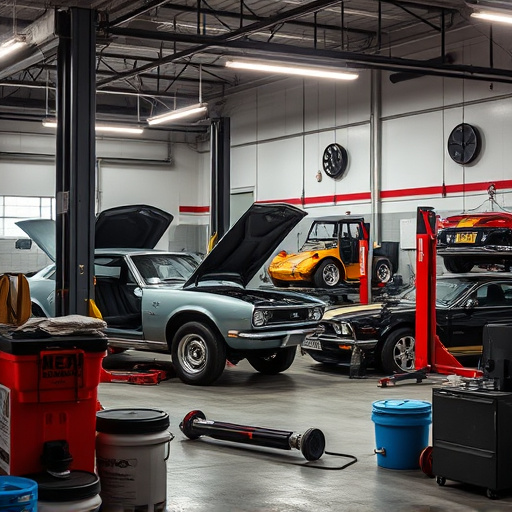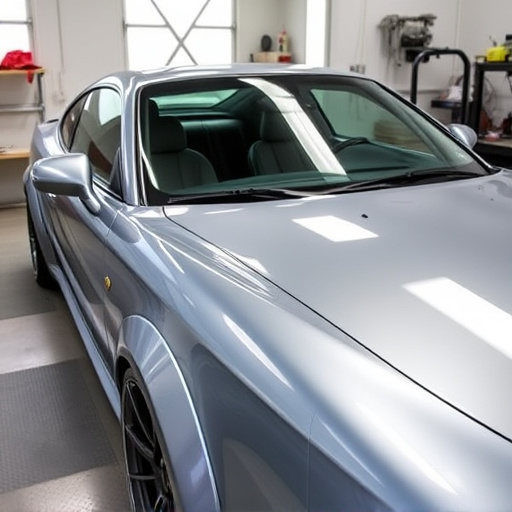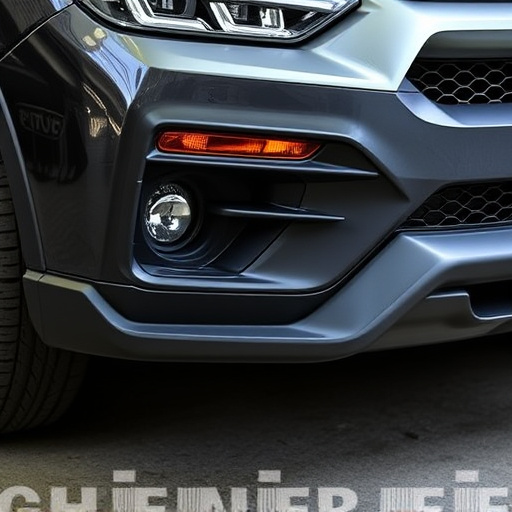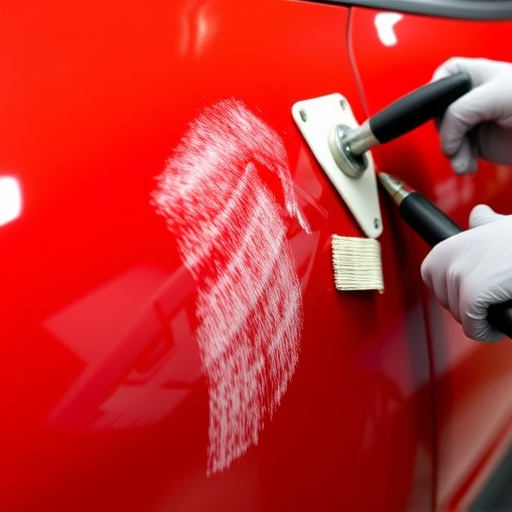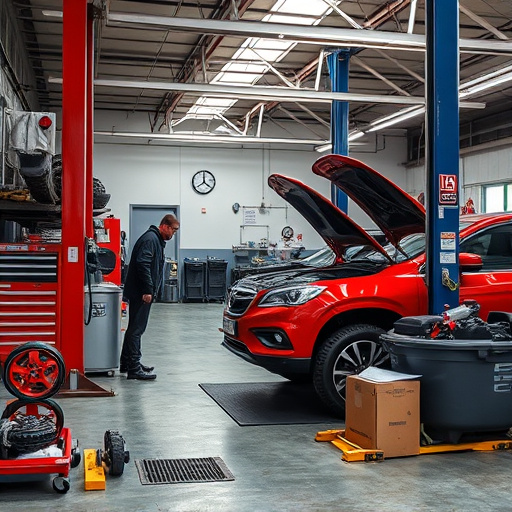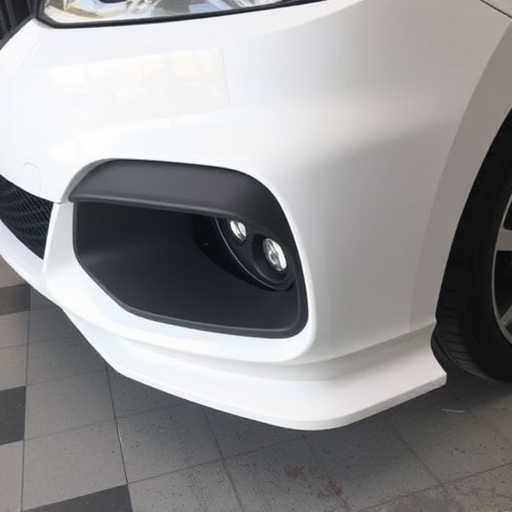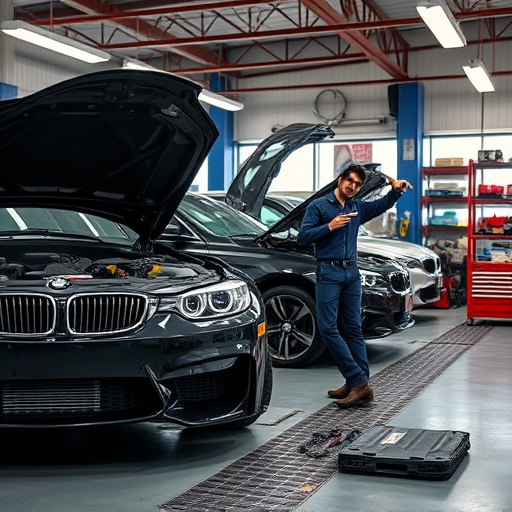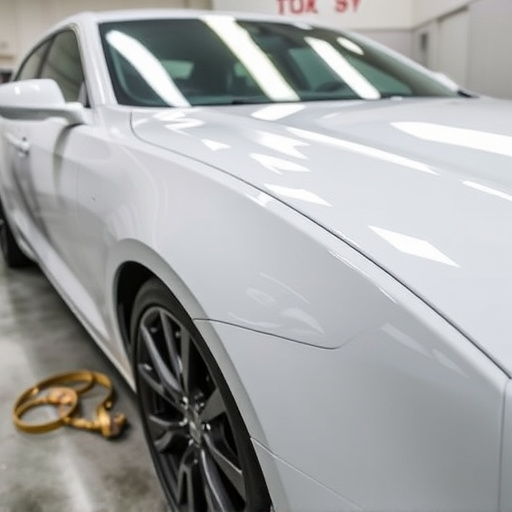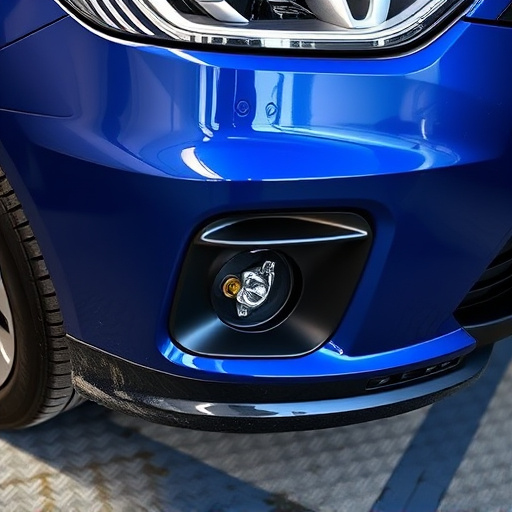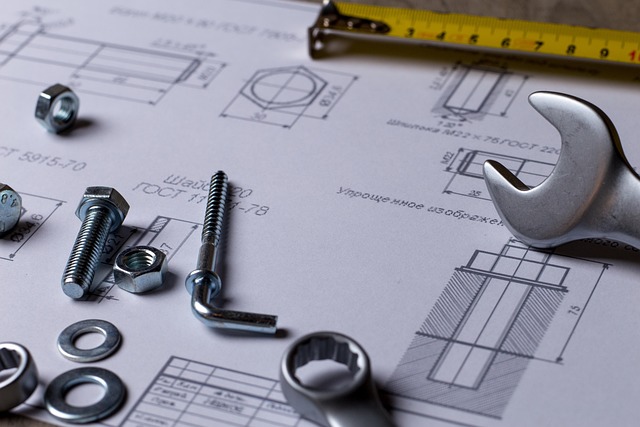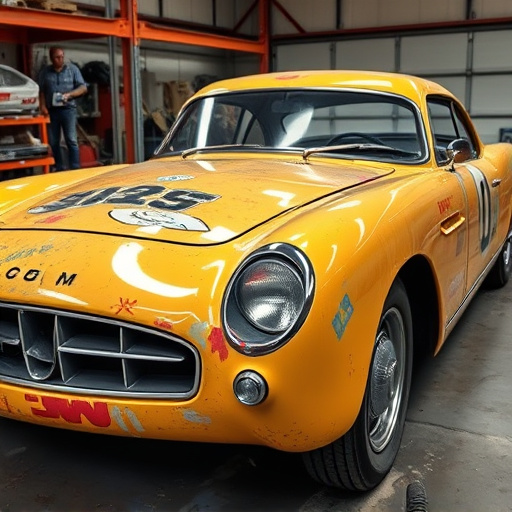Plasma cutting technology offers precise, efficient cuts in automotive repair and restoration, minimizing heat-affected zones and collateral damage compared to laser or flame cutting. Ideal for intricate shapes and tight spaces, it preserves structural integrity with cleaner cuts and reduced thermal impact, making it a versatile solution for classic car restoration and collision repair. Professional body shops employ best practices like meticulous planning, proper clamping, tailored parameters, and selecting the right cutter to ensure high-quality, precision work without compromising workpiece integrity.
Plasma cutting has emerged as a game-changer in industrial fabrication, offering unparalleled precision and versatility. This advanced technology minimizes collateral damage to components, setting it apart from traditional cutting methods. This article delves into the world of plasma cutting, exploring its underlying technology and the numerous advantages it brings. We will unpack key strategies and best practices to ensure minimal collision, revolutionizing how industries approach material preparation.
- Understanding Plasma Cutting Technology
- Advantages Over Traditional Methods
- Minimizing Damage: Key Strategies and Best Practices
Understanding Plasma Cutting Technology
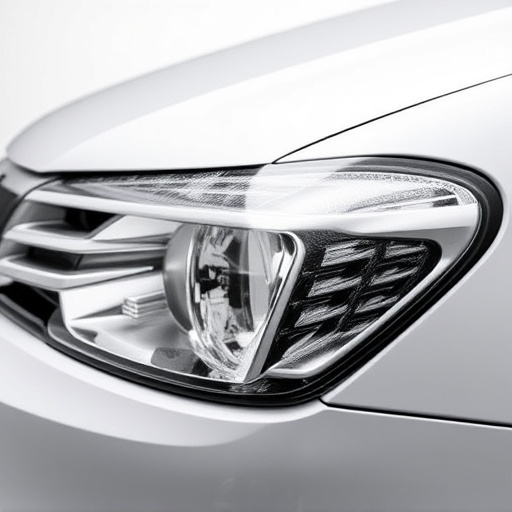
Plasma cutting technology has revolutionized various industries, including automotive sectors like vehicle repair services and autobody repairs. This advanced process involves using a plasma arc to cut through materials with high precision and speed. Unlike traditional cutting methods that can cause significant heat-affected zones (HAZ) and collateral damage, plasma cutting minimizes these effects. The precise control over the plasma arc allows for clean cuts, reducing the risk of distorting or damaging surrounding components, making it ideal for intricate automotive restoration projects.
By focusing a high-velocity stream of ionized gas onto the material, plasma cutting produces a hot, localized melt point, resulting in a near-net cut with minimal dross. This technology is particularly beneficial in tight spaces and complex geometries, commonly found in autobody repairs, where maintaining structural integrity while making precise cuts is crucial. In turn, it reduces the need for extensive post-weld cleaning and rework, making plasma cutting an efficient and cost-effective solution for various vehicle repair services and automotive restoration projects.
Advantages Over Traditional Methods
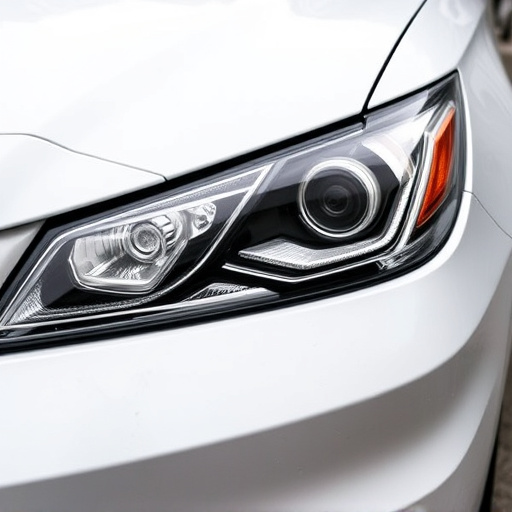
Plasma cutting offers significant advantages over traditional cutting methods when it comes to minimizing collateral damage to components, making it a preferred choice in various industries, including classic car restoration and auto body shops. Unlike laser or flame cutting, which can produce heat-affected zones (HAZ) and cause warping or distortion in nearby materials, plasma cutting generates a highly focused beam of ionized gas that cuts through metal with minimal thermal impact.
This precision results in cleaner cuts with less melt-through and burn marks, ensuring the integrity and appearance of the workpiece remain intact. For instance, in fender repair, plasma cutting allows for intricate shapes and curves to be accurately duplicated, preserving the original aesthetics. By reducing heat input and minimizing stress on the material, plasma cutting collision is significantly lower, making it an efficient and effective solution for a wide range of metal fabrication tasks.
Minimizing Damage: Key Strategies and Best Practices
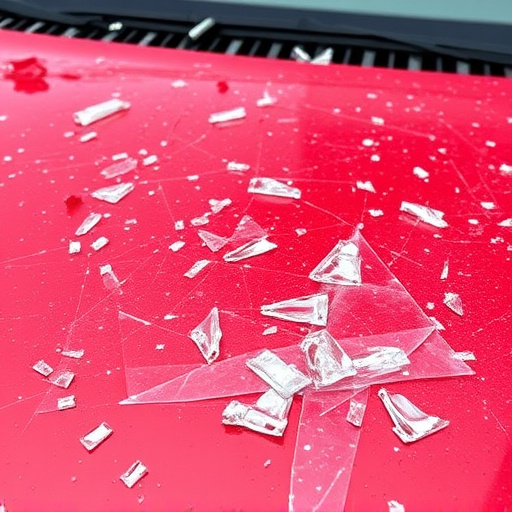
Minimizing damage during plasma cutting is a delicate art that requires precise execution and adherence to best practices. The primary goal is to preserve surrounding components and materials while achieving clean, accurate cuts. Key strategies involve meticulous planning and setup, including detailed layout markings, proper material clamping, and utilizing appropriate cutting parameters tailored for specific materials.
Best practices extend to selecting the right plasma cutter for the job, maintaining regular maintenance, and ensuring operator training. In car collision repair or restoration scenarios, where precision is paramount, these strategies become even more critical. Professional body shop services recognize this, employing skilled technicians who follow strict protocols to minimize the risk of collateral damage, ensuring high-quality results without compromising the integrity of the workpiece.
Plasma cutting has emerged as a game-changer in manufacturing, offering significant advantages over traditional methods. By understanding its technology and implementing best practices, manufacturers can minimize collateral damage during cutting processes. This ensures the preservation of sensitive components, reducing waste and improving overall efficiency. Plasma cutting’s precision and control make it an indispensable tool for navigating complex parts with ease, making it a preferred method in today’s advanced industrial landscape.
